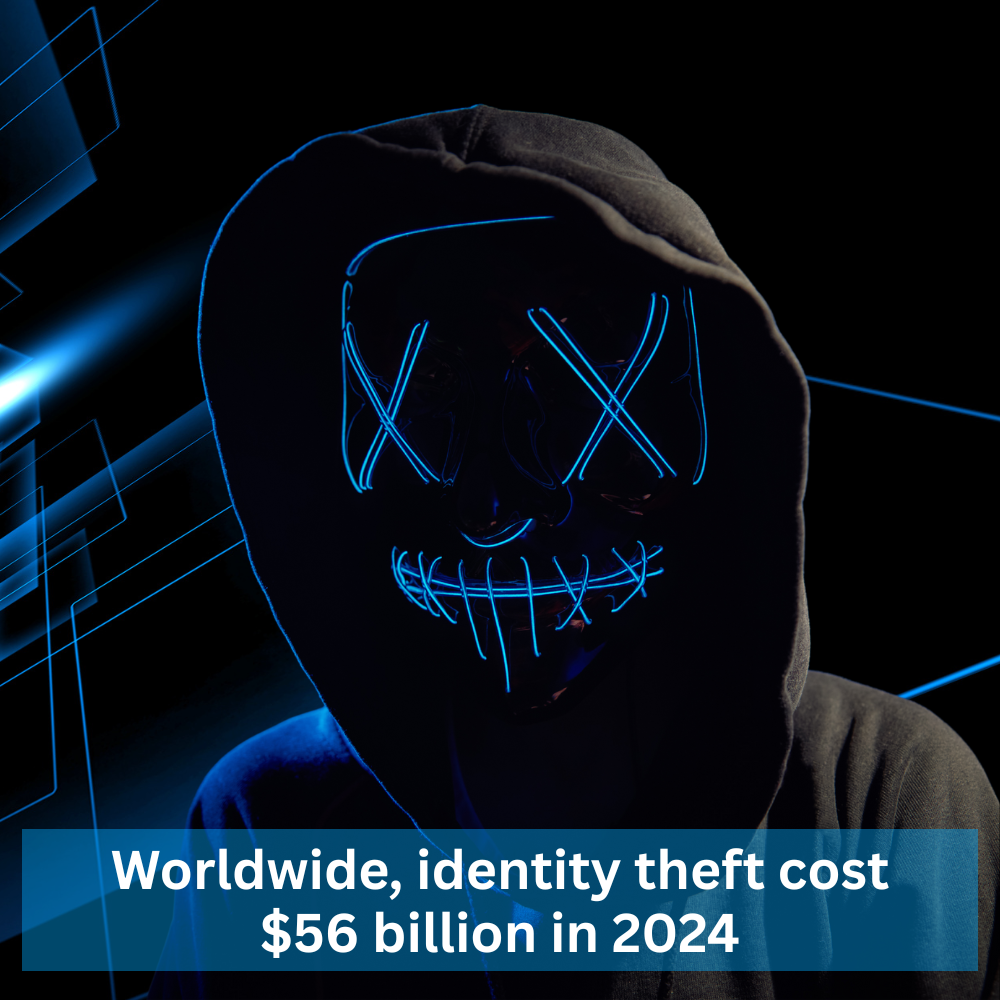Categories
Identity theft remains a critical global issue in 2025, driving the need for advanced identity verification solutions. Biometric Identity Systems are emerging as a vital defense, leveraging biometrics to provide secure, user-friendly authentication. In 2024, identity theft incidents rose 22%, costing $56 billion globally, highlighting the urgency for better security measures.
This article explores how Biometric Identity Systems are transforming security, their integration into daily life, and their evolving role in various sectors.

Identity theft continues to surge, creating significant challenges for individuals and businesses worldwide. The impacts are both financial and personal, underscoring the urgent need for reliable identity verification solutions like Biometric Identity Systems.
In 2024, identity theft cases in the US reached 1.1 million, a 15% increase from the previous year. Globally, financial losses from identity fraud hit $56 billion, with 40% of victims experiencing unauthorized account access. Additionally, 60% of data breaches in 2024 involved stolen credentials, highlighting the vulnerability of traditional authentication methods.
The economic toll of identity theft is substantial, affecting both businesses and individuals. Victims spend an average of 200 hours resolving identity theft issues, often facing emotional distress alongside financial loss. For businesses, the cost of fraud-related chargebacks and reputational damage can be severe, pushing the adoption of Biometric Identity Systems to combat these threats.
Biometrics have become an integral part of the modern world, seamlessly woven into our daily routines. From security systems and personal devices to global travel, these technologies enhance safety and convenience, setting the stage for broader adoption of Biometric Identity Systems.

In 2023, 85% of smartphones sold globally used biometrics, such as facial recognition and fingerprint scanning, for unlocking and mobile payments, a trend that has continued into 2025.
In 2021, the majority of smart homes used smart locks with facial or voice recognition, a figure that will continue to grow with increased smart home adoption.
Biometrics streamline international travel, enhancing both security and efficiency. In 2024, 70% of travelers at major airports in the US and EU passed through e-gates using facial recognition, reducing processing times by 50%. Advanced systems at airports like Singapore Changi also integrate iris scanning, ensuring accurate identity verification for millions annually.
High-security facilities, such as government buildings and data centers, rely on biometrics for access control. In 2023, iris and fingerprint recognition systems secured 80% of these facilities, a trend that persists into 2025, ensuring only authorized personnel gain entry with high precision.
The financial sector is rapidly adopting biometric solutions, inspired by successful implementations in Asia. Biometric Identity Systems are revolutionizing how payments and banking transactions are secured, making identity verification faster and more reliable.
In China, platforms like WeChat processed over 10 billion biometric transactions by 2024, with 60% of in-store transactions in 2024 secured by facial recognition or other biometric methods. Japan’s convenience stores reported a 30% reduction in fraudulent payments in 2023 due to these systems, a success that continued into 2024.
Following Asia’s success, the West is embracing Biometric Identity Systems in banking and payments. In 2024, banks like Barclays began integrating facial and voice recognition for account access. This trend is expanding across the US and Europe in 2025, driven by the need for secure transactions.
Governments worldwide are increasingly adopting biometric solutions to secure public services. This shift is supported by evolving policies, paving the way for broader implementation of Biometric Identity Systems.
In 2025, the EU’s Biometric Security Directive mandates secure biometric practices, encouraging adoption. In 2019, many African and Asian countries implemented mandatory SIM card registration laws requiring state-issued ID verification, a policy that has expanded to support biometric integration in 2025.
The future of identity verification looks promising, with Biometric Identity Systems poised to expand into new domains. Along with the advancements in AI, these trends highlight the growing role of biometrics in creating a secure, interconnected world.
In 2024, programs like Eurostar’s SmartCheck biometric system demonstrated the potential for biometric authentication in public services, allowing travelers to verify identities with a scan. This sets the stage for broader smart city applications in 2025, such as public transit and utility access.
The continued evolution of Biometric Identity Systems will redefine security, ensuring safer interactions across all sectors. As biometric adoption grows, these systems will likely become the standard for identity verification by 2026, driven by their proven effectiveness in fraud prevention.